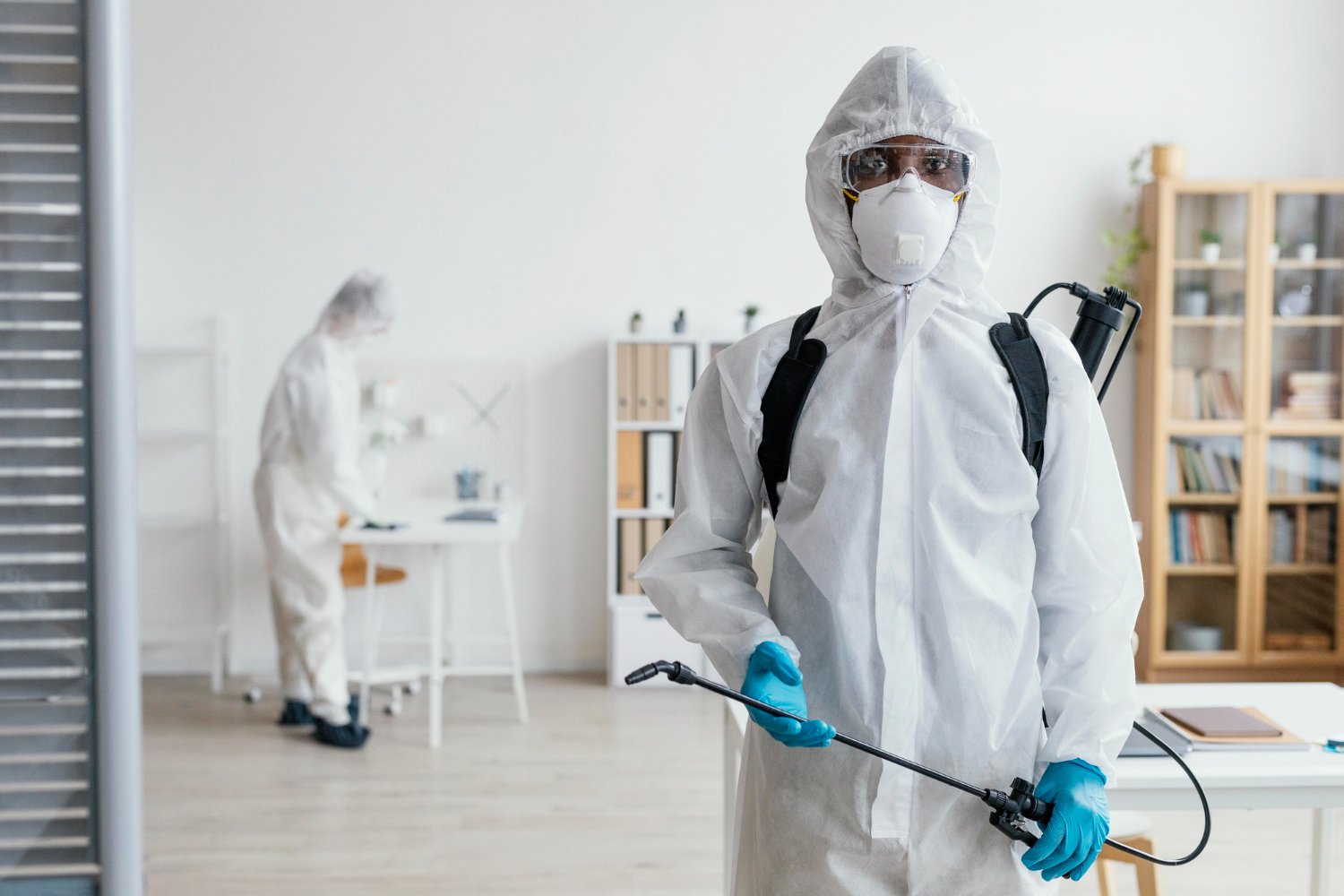Bed Bug Treatment Failure: Contrasting Chemical Vs. Non-Chemical Solutions
In the world of insect control, specifically when managing the relentless problem of bed pests, the choice between chemical and non-chemical therapy services can be a pivotal one. Both approaches use distinctive benefits and drawbacks, affecting aspects such as effectiveness, safety considerations, and overall expense. By checking out the nuanced details of each method, a clearer understanding of which path to go after in resolving a bed pest infestation can be obtained.
Performance of Chemical Therapies
Chemical treatments for bed bug invasions have been commonly identified for their potent and quick efficiency in eliminating these bugs. When considering the efficiency of chemical therapies, it is critical to comprehend that they can offer a extensive and fast service to a bed bug problem. Professional pest control specialists typically depend on insecticides to target bed bugs at numerous phases of their life cycle, including eggs, adults, and fairies. These chemicals typically work by disrupting the bed bugs' nerves, causing paralysis and ultimate fatality.
Additionally, chemical treatments have the benefit of offering recurring effects, suggesting that they can continue to eliminate bed pests even after the preliminary application. This residual activity is especially helpful in combating any type of prospective re-infestations. Additionally, the rapid activity of chemical therapies can bring relief to individuals dealing with extreme bed bug invasions, permitting them to restore control of their living rooms rapidly.
Safety Worry About Chemical Solutions
One important facet that requires cautious consideration when using chemical remedies for bed bug treatment is making certain the safety and security of occupants and the environment. While chemical treatments can be efficient in eradicating bed pests, they may pose dangers otherwise taken care of appropriately. Among the main safety worries with chemical services is the potential injury they can trigger to human health. Exposure to specific chemicals made use of in bed pest treatments can bring about breathing concerns, skin irritability, or other adverse reactions, specifically in people with pre-existing problems or level of sensitivities. Additionally, incorrect application or dosage of chemical pesticides can lead to harmful residues sticking around in the treated location, posturing long-lasting health and wellness dangers to passengers.
Moreover, the environmental impact of chemical options is one more significant factor to consider. Some pesticides used in bed pest therapies may be unsafe to valuable bugs, wild animals, and communities if they seep right into the dirt or water supply. It is important to utilize chemical therapies deliberately, following safety guidelines, and thinking about much less poisonous options to mitigate these risks and guarantee the safe and reliable administration of bed insect problems.
Advantages of Non-Chemical Approaches
Taking into consideration the prospective security worries and ecological influence related to chemical solutions for bed bug treatment, checking out non-chemical methods provides an encouraging choice with numerous distinctive benefits. Non-chemical techniques use a more secure alternative for houses, specifically those with pets, youngsters, or people sensitive to harsh chemicals. These approaches remove the risks of direct exposure to harmful substances, decreasing the potential for damaging wellness impacts. Moreover, non-chemical therapies are environmentally friendly, as they do not add to air or water air pollution, making them a sustainable choice for pest control.
Furthermore, non-chemical solutions can be efficient in targeting bed bugs, consisting of hard-to-reach areas where chemical therapies might not permeate. Approaches such as warm therapy, vacuuming, heavy steam cleansing, and bed mattress encasements give thorough obliteration without making use of damaging chemicals. Furthermore, non-chemical approaches can be much less turbulent, requiring very little prep work and allowing for quicker reentry right into dealt with areas. Generally, selecting non-chemical bed bug therapy approaches not only prioritizes safety and security and environmental defense but likewise makes sure reliable and extensive pest control.
Limitations of Non-Chemical Treatments

Additionally, non-chemical treatments usually require several applications to attain successful removal. This can be taxing and might not always ensure full removal of all bed bugs and their eggs, especially in hidden or hard-to-reach places.
Moreover, the success of non-chemical therapies heavily counts on appropriate execution and thoroughness, which can be challenging for individuals without specialist competence. Insufficient application of non-chemical methods might cause incomplete removal, causing persistent invasions and the requirement for additional treatments.
For that reason, while non-chemical treatments have their benefits, it is important to recognize these limitations and consider them when identifying one of the most efficient strategy for taking care of bed bug infestations.
Expense Contrast: Chemical Vs. Non-Chemical Options
Offered the limitations connected with non-chemical treatments, a necessary facet to evaluate in the context of bed pest administration is the price contrast between chemical and non-chemical options. In comparison, non-chemical therapies like heat therapy or steam can be more costly, with prices varying from $1,000 to $6,000 for a whole home. While the preliminary price of chemical therapies may appear reduced, multiple treatments might be called for to fully get rid of the infestation, potentially increasing the general cost.
Final Thought

Taking into consideration the prospective safety worries and environmental effect associated with chemical options for bed pest therapy, discovering non-chemical methods provides an encouraging alternative with several distinctive advantages.Provided the limitations connected with non-chemical therapies, an essential element to assess in the context of bed bug administration is the cost contrast in between chemical and non-chemical choices. In contrast, non-chemical treatments like warm therapy or vapor can be a lot more expensive, with prices ranging from $1,000 to $6,000 for a whole home. While the initial expense of chemical therapies may appear reduced, several therapies may be needed to fully eliminate the problem, possibly enhancing the general cost.In final thought, when contrasting chemical how to get rid of ants and non-chemical bed insect therapy alternatives, it is important to take into consideration efficiency, safety and security, advantages, constraints, and expense.